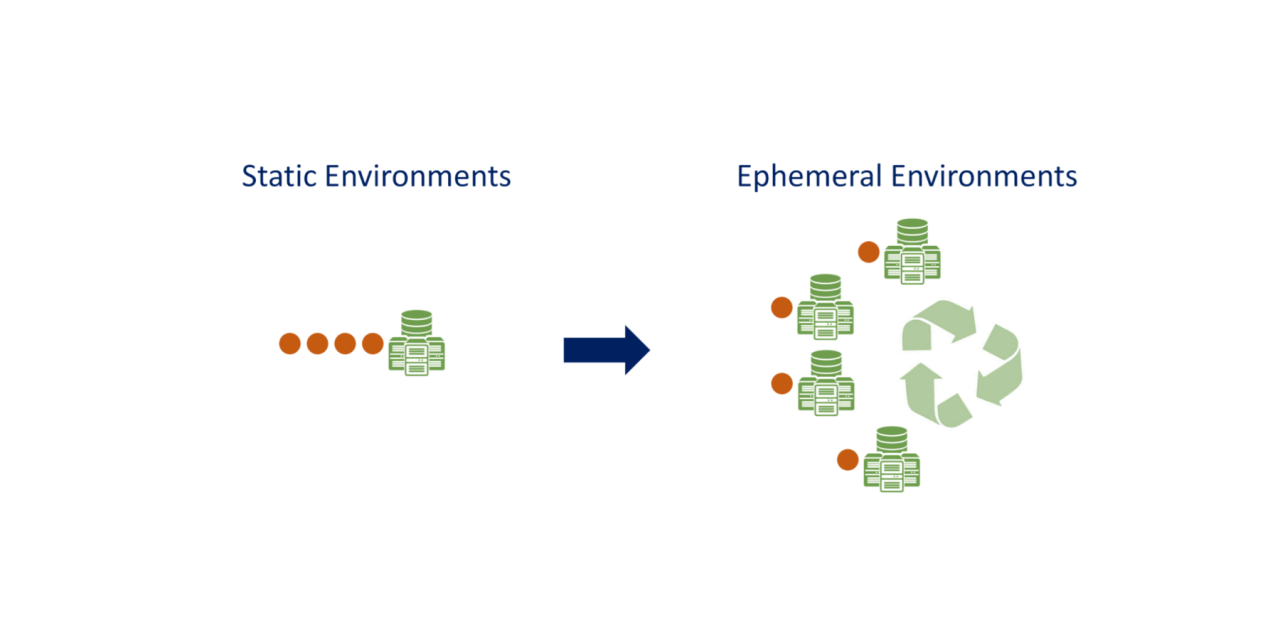By: Jim Azar, Sr. Vice President, CTO
Big data is a common initiative for many enterprises today. The force and scale of big data provides businesses a decisive advantage they can use to be more agile and efficient than their competitors.
Many enterprises are leveraging big data to fuel smart disruptions like innovation and agility, customer centricity, and growth and scale. ResearchandMarkets has estimated that the global big data market will almost double in revenue from $138.9 B in 2020 to $229.4 B by 2025.
Interestingly, a recent Gartner report, Top 10 Data and Analytics Trends for 2021, highlights the transition from beta to small data. There is a clear indication of leveraging innovations in artificial intelligence (AI), improved composability, and efficient integration of more diverse data sources. It also underlines that smart data fabric reduces the time for integration design by 30 percent, deployment by 30 percent, and maintenance by 70 percent. This happens as technology designs draw on the ability to use/reuse as well as combine different data integration styles. Also, AI steadily becomes more mainstream, it will drive the texture and speed components of big data.
Changes will also follow when small and wide data, instead of big data, are employed to solve many problems for enterprises dealing with increasingly complex AI initiatives. They would address challenges with scarce data use cases. It is expected that when Chief Data Officers (CDOs) are involved in setting goals and strategies, they can increase business value by a factor of 2.6x.
Another significant growing trend is the emergence of edge data as organizations invest in new technology paradigms like the Internet of Things (IoT) and Fog Computing.
Big data is heavy data
That means that the problem of data integration will only get even more complex as we move forward. Integrating data from various sources, formats, and timeframes would become more complicated. We are not just talking of unstructured and structured data but also warm data, social media data, IoT data, and small data – and integrating all of that simultaneously.
So now, it is paramount to focus on many criteria, which will often mean equal priority to many factors. If data quality were a critical element before, data profiling, and data frequency would also join this bundle now. The tools and techniques used for big data integration should go a step beyond traditional Extract, Transform, Load (ETL) approaches.
You can use cloud models for flexibility and coverage in this process. Agility should be observed during the transfer and collection, aggregation, consolidation, and delivery phases. Proper data hygiene and synchronization would be required to ensure that data from disparate sources does not create questions around data integrity and security challenges.
How to lift it well?
Fundamental principles of data coherence, consistency, agility, scalability, compatibility, and usability should be top of mind throughout every decision and step of big data integration. One would also need to invest in the right set of talent and data science experts to make it all work.
Do focus on all the 5 V’s of big data. Yes, ‘Volume’ makes it big, but ‘Variety’ and ‘Velocity’ mean the data is flowing freely between systems. ‘Veracity’ is maintaining the integrity and quality of data. ‘Value’ is how the volumes of data can be transformed into true business value.
Adhering to the 5 V’s of big data means you need to dive below the surface and focus on multi-dimensional and complex or deep data sets. Good integration tools can deliver load balancing, distributed processing, and real-time analytics. From ingestion, data cleansing, schema alignment, to record linkage to data fusion and replication – everything should be done with a seamless approach and in a way that leads to better insights and innovation.
Finally, remember that big data integration is not an IT initiative. but a business one. It is a business project because, ultimately, big data will create a competitive advantage for an enterprise in today’s data-driven and analytics-ruled world.



